gdiscenza
Well-Known Member
- Joined
- Jul 2, 2010
- Messages
- 1,613
- Reaction score
- 42

Looks a little small and light for a L2 project.
How so? How can something be too light?
You typically want a cert flight to be fairly low and slow so you can see it and find it easier.
Typically.
You typically want a cert flight to be fairly low and slow so you can see it and find it easier.
How so? How can something be too light?
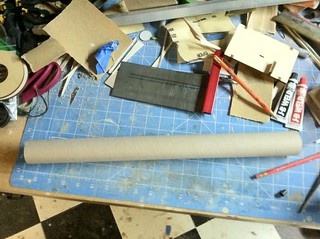
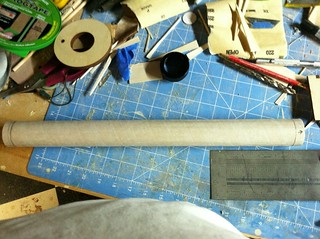
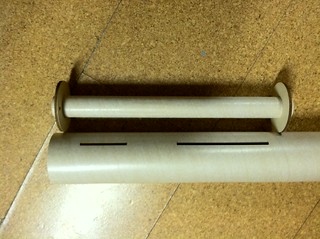
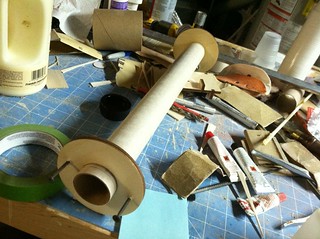
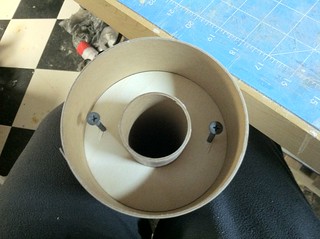
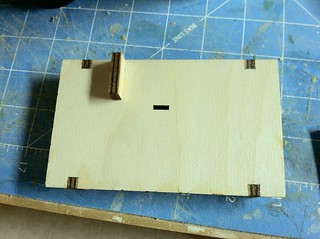
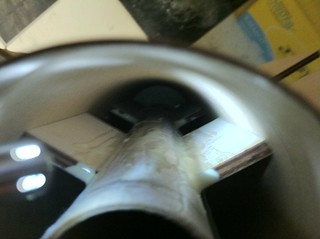
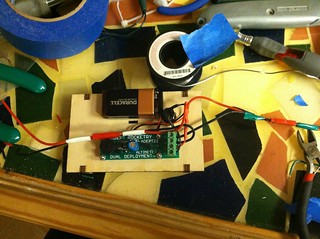
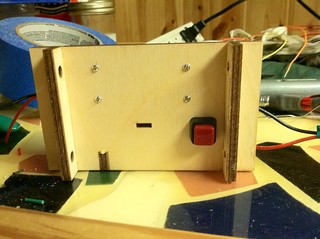
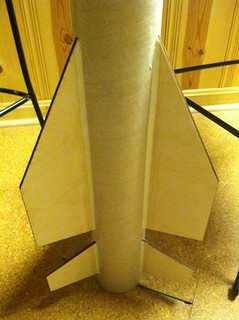
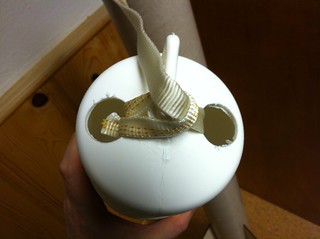
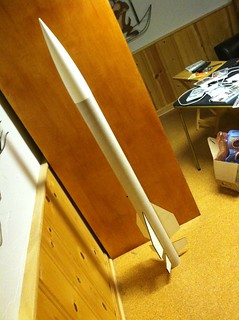
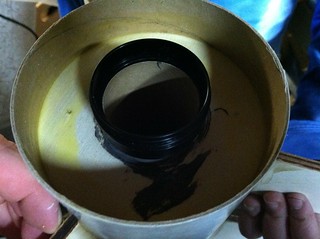
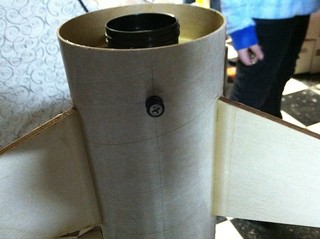
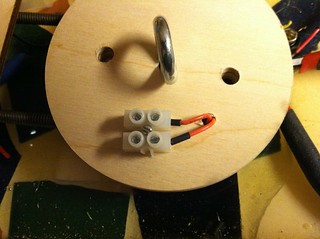
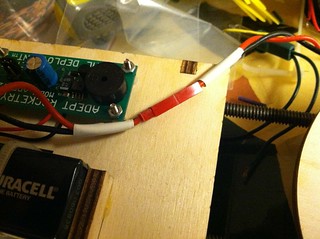
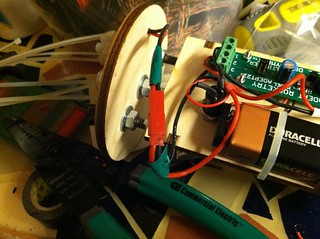
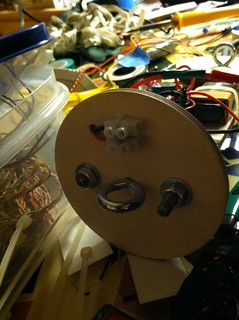
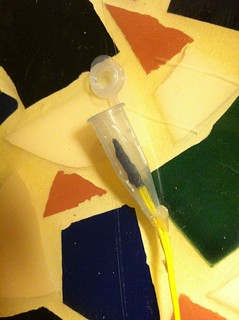

As for my homemade igniters, I'm using 40 gauge nichrome, soldered to either shooters wire or CAT5, and then dipped into nitrocellulose lacquer/bp pyrogen. A thin layer gives an immediate flash which never fails to ignite an ejection charge, either by direct 9v or through the altimeter in a pressure chamber.
G.D.
I tested the main event earlier, and that will take 1.25cc - my only concern now is that the firing is not instant, instead the charge goes off about 1/4 of a second after applying power.... I might make up some charge tubes from coathanger cardboard and buy some ematches from Wildman VA...still have to decide that....
G.D.
Enter your email address to join: